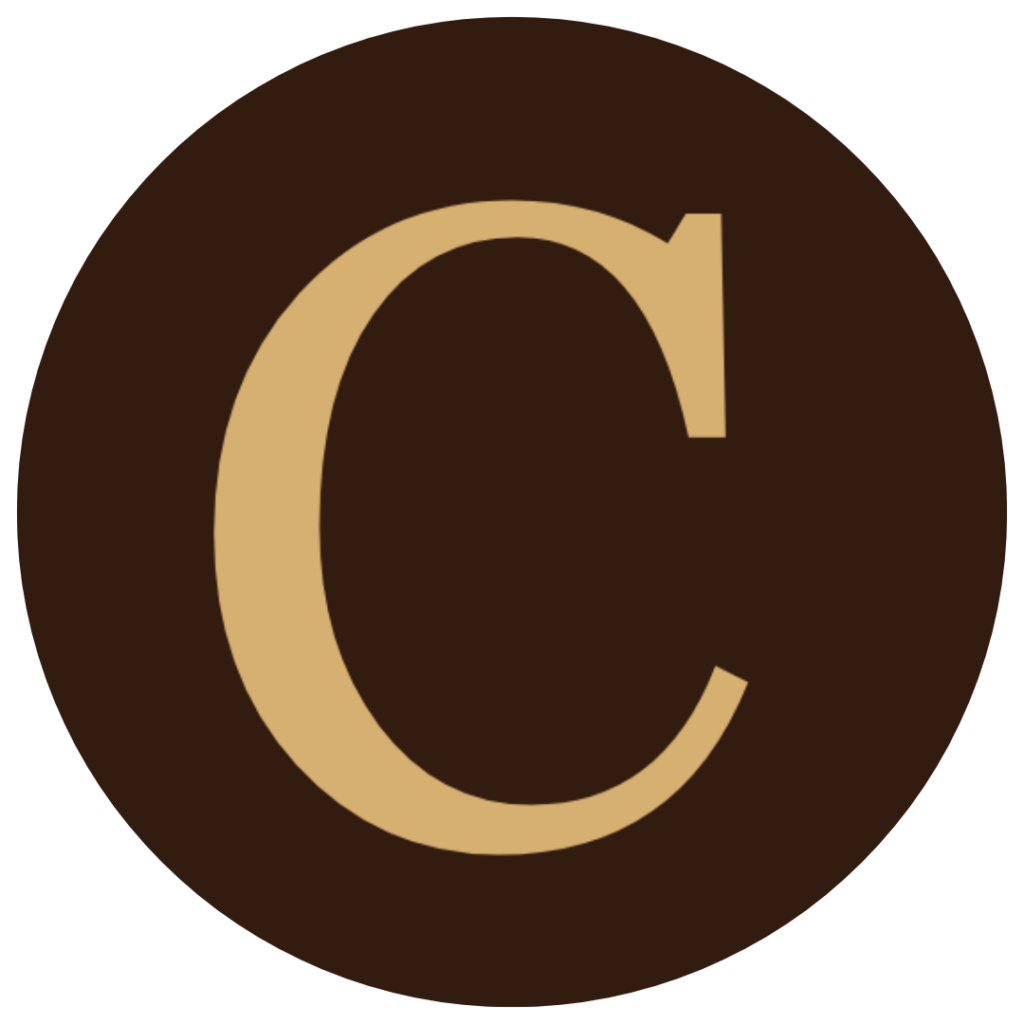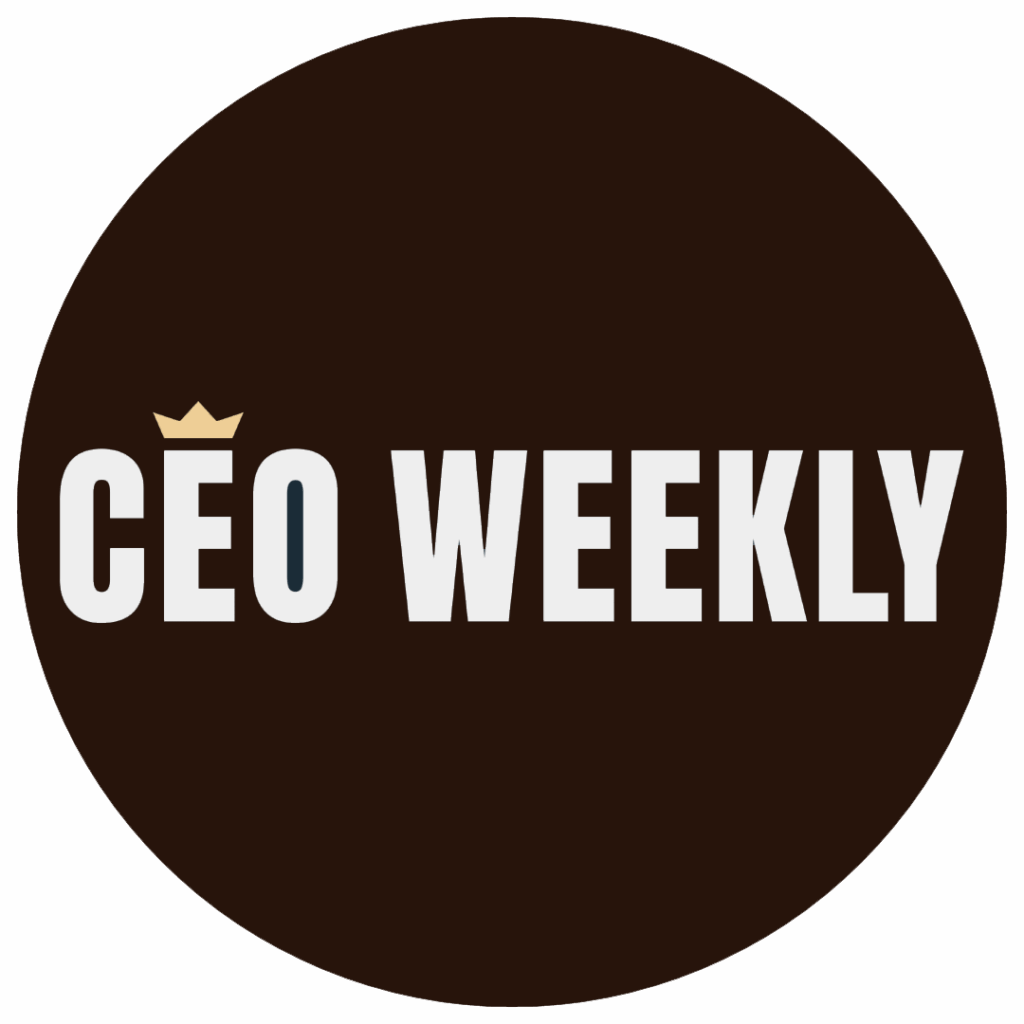By: Natalie Johnson
Many business leaders view PR and marketing as interchangeable, expecting both to deliver immediate, quantifiable results: clicks, leads, and conversions on demand. Yet public relations operates on a different timeline. It is not designed to produce overnight spikes in traffic. Instead, PR focuses on shaping public perception, earning third-party endorsements, and building trust—outcomes that often reveal themselves over weeks and months rather than days.
One executive I spoke with learned this lesson the hard way. He launched a PR campaign expecting it to work exactly like a paid ad. “I thought PR would generate the same kind of instant returns as a Facebook ad,” he admits. “Clicks, leads, conversions. I wanted to see the numbers spike overnight.” In reality, the initial metrics stayed flat. Over the next few months, however, bigger opportunities arrived. Inbound interest increased, and his name carried weight in circles he had not reached directly. “I realized PR is not about quick wins,” he says. “It is about shaping perception and building long-term credibility that opens doors money cannot.”
For many founders and executives, that experience highlights a common dilemma: should the budget go to marketing for immediate returns or to PR for longer-term credibility? At first glance, marketing seems safer. Paid ads, email campaigns, and social promotions generate quick engagement. PR, by comparison, can feel like a gamble. But viewing PR and marketing as competing investments is a false choice. When evaluated through the right lens, it becomes clearer that the two strategies support each other and can produce stronger results together.
PR vs. Marketing: A False Choice
Many business owners hesitate to spend on PR because they expect the same instant metrics they see in marketing. Marketing is conversion-driven: run an ad, track the click, and measure the sale. If you pause or reduce spending, results drop immediately. PR does not produce that kind of immediate lift. Instead, it focuses on shaping public perception, earning third-party endorsements, and building trust, which unfolds over time. If you measure PR by short-term dashboards, it can appear disappointing. But when viewed as a long-term asset, PR’s value becomes clearer and compounds over time.
Marketing and PR should not be either/or decisions. Marketing drives visibility, traffic, and direct conversions today. PR builds credibility that can make marketing more effective tomorrow. For instance, a prospective customer who sees a paid ad might click through, but if they also find authoritative press coverage in reputable outlets, they’ll perceive the brand as more trustworthy. That trust, earned by PR, could increase the likelihood of converting at a higher price point and with greater loyalty.
Why Credibility Is the New Currency
According to the Edelman Trust Barometer, 81 percent of consumers say they need to trust a brand before they buy. Trust is formed when a credible third party, such as a respected publication or influential podcast host, validates your expertise. That validation does not vanish after one click; it becomes part of your brand’s digital footprint. Every article, interview, or thought-leadership piece can enhance your reputation, making future marketing efforts more effective. When a prospect Googles your name and finds high-quality press mentions alongside your marketing messages, they internalize that you are an expert, reducing friction at every stage of the funnel.
Seeing PR’s ROI Through the Right Lens
To appreciate PR’s true ROI, business owners should look beyond immediate metrics and ask:
Q: Are prospective clients willing to pay more?
A: When a brand appears in tier-one media, it may gain pricing power. Prospects perceive you as proven, so they may accept higher fees. That premium could often offset the lack of instant leads because each win carries greater revenue.
Q: Is inbound demand improving?
A: Notice if you receive more unsolicited inquiries after notable media placements. Those leads often arrive with higher intent—they’ve already formed a positive impression. Over time, you may see better conversion rates without changing your marketing funnels.
Q: Are you getting access to exclusive opportunities?
A: High-profile features might lead to speaking invitations, partnership proposals, and joint ventures that do not require extra ad spend. Those doors often stay open long after the original placement, compounding value.
Q: Does your digital reputation strengthen over time?
A: A single PR feature can boost organic search rankings, driving sustained referral traffic. That visibility can support your marketing campaigns because prospects who click paid ads feel reassured when they find credible press on your website or LinkedIn profile.
These are the signals that reveal PR’s long-term ROI. When properly integrated with marketing, PR may create a virtuous cycle: credibility fuels marketing performance, and marketing amplifies PR impact.
How PR and Marketing Work Together
Define Shared Objectives
Start by setting goals that span both disciplines: brand awareness, qualified leads, and revenue growth. If your PR team knows you aim to fill a sales pipeline in Q4, they can target outlets that reach high-intent audiences. Likewise, your marketing campaigns can reference those same press features, reinforcing trust at every touchpoint.
Synchronize Your Content Calendar
Coordinate announcements, thought-leadership articles, and social media pushes. For example, when a major publication runs a feature about your CEO, schedule complementary email campaigns or LinkedIn posts that highlight the story. Timing matters; amplifying press coverage through marketing channels may maximize exposure and drive immediate traffic back to your site.
Leverage PR in Paid Campaigns
Incorporate snippets of earned media—quotes, logos, or headlines—into ad creative and landing pages. Prospects who recognize familiar media brands are more likely to click through and convert. This practice may accelerate ROI by combining paid visibility with earned credibility.
Measure Holistically
Look at metrics that capture the synergy: referral traffic from press to landing pages, lift in conversion rates when marketing messages mention recent PR features, and increases in average deal value after high-profile coverage. These combined indicators provide a more accurate picture than counting clicks alone.
Invest Consistently, Adjust Tactically
While marketing budgets can ebb and flow based on performance, PR requires steady attention. Commit to ongoing outreach because building relationships with journalists, editors, and influencers takes time. When you maintain that consistency, even small wins accumulate into a robust credibility asset that enhances every marketing dollar spent.
The Tree Analogy Revisited
Imagine a sapling representing your brand’s reputation. PR nourishing it is like watering the roots; most growth happens underground and isn’t visible initially. Marketing is like the sunlight: it energizes the leaves and produces immediate, visible growth. If you only shine sunlight but never water, the tree wilts. If you only water without light, the tree remains stunted. True growth occurs when water and light work in tandem—PR and marketing together yield a thriving brand canopy that bears fruit season after season.
Building for Today and Tomorrow
In a landscape increasingly influenced by AI search, voice assistants, and algorithm-driven recommendations, being merely visible is not enough. You must be seen as the credible choice. Marketing budgets will always compete for immediate wins, but PR investments ensure that those wins can compound over time. When a prospect searches your name after seeing a paid ad, credible media mentions may validate your claims and fast-track their trust. Together, PR and marketing create a self-reinforcing cycle of visibility, trust, and growth.
Ultimately, the question is not “Should I invest in PR or marketing?” It’s “How can I integrate both to maximize my brand’s impact?” When you recognize that PR builds the foundation of trust and marketing accelerates demand, the real ROI of PR becomes clearer: credibility outlasts clicks, and credibility enhances every marketing dollar more effectively.









